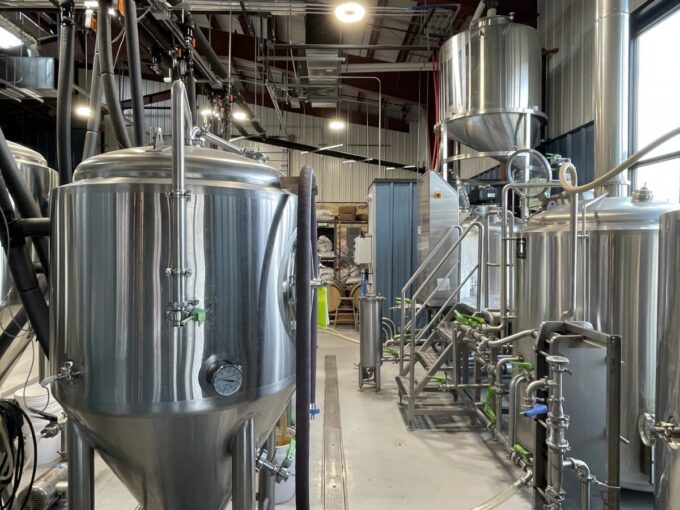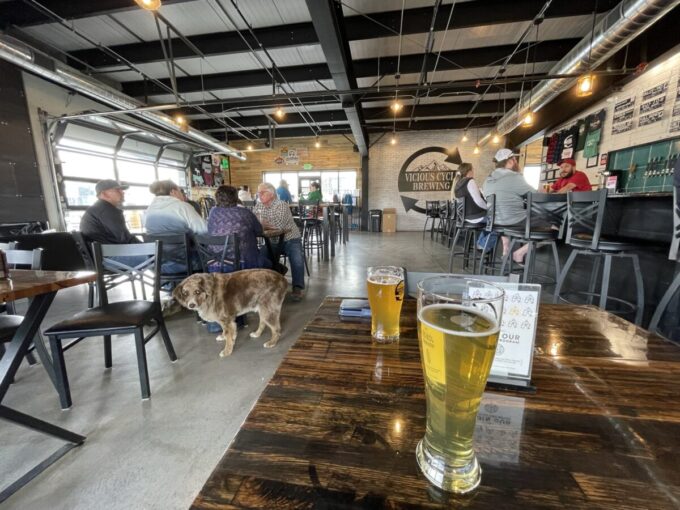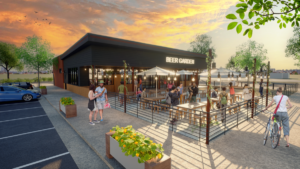Trends in Microbrewery Design: Construction, Space Allocation, and Food Service
The microbrewery industry has experienced significant growth, leading to evolving trends in design and construction. As new breweries emerge, their design choices reflect a blend of functionality, customer experience, and aesthetic appeal. This article explores the typical construction types for new microbreweries, how space is allocated between brewing operations and taprooms, and the strategies owners use to handle food service.
Typical Construction Types for New Microbreweries
New microbreweries often utilize industrial-style construction, which offers flexibility and a modern aesthetic. Steel and concrete structures are popular due to their durability and open floor plans. These materials also support the industrial vibe that many microbreweries aim to create. Therefore, new construction projects often incorporate high ceilings, large windows, and exposed ductwork to enhance the industrial feel. Additionally, repurposed warehouses and factory buildings are common choices for breweries looking to blend historic charm with contemporary design.

Space Allocation: Brewing Operations vs. Taproom
Microbreweries typically allocate around 40-60% of their total space to brewing operations. The remaining space is dedicated to the taproom, where customers can enjoy the brewery’s products. The brewing area includes the brewhouse, fermentation tanks, and storage for ingredients and finished products. The taproom is designed to provide a comfortable, inviting space for patrons. Open floor plans with visible brewing equipment are popular, allowing customers to see the brewing process while enjoying their drinks.
In smaller microbreweries, the brewing area may occupy a higher percentage of space, sometimes up to 70%. While larger breweries with a focus on customer experience may allocate more space to the taproom, incorporating additional seating, entertainment areas, and event spaces.

Handling Food Service
Food service has become an essential component of the microbrewery experience. However, many microbreweries prefer not to operate full kitchens due to the complexities and costs involved. Instead, owners often partner with food trucks or nearby restaurants to provide food options for customers. This approach allows microbreweries to focus on brewing while offering diverse food choices without the overhead of kitchen operations.
Some microbreweries opt for a limited food menu with simple, high-margin items like pretzels, charcuterie boards, and sandwiches. These offerings complement the beer selection without requiring extensive kitchen equipment or staffing. Larger microbreweries with the capacity for a full kitchen may choose to offer a more comprehensive menu, turning the taproom into a brewpub. This setup allows for a fully integrated dining and drinking experience, attracting a wider audience and encouraging longer stays.

Conclusion
The design and construction of microbreweries have evolved to balance functionality, customer experience, and branding. Industrial-style construction provides the durability and aesthetic appeal that breweries desire. Space allocation reflects the dual focus on brewing operations and customer engagement, with careful consideration given to the brewing-to-taproom ratio. Finally, food service strategies range from partnerships with food trucks to full-service kitchens, allowing microbreweries to offer a complete experience while managing costs effectively. Understanding these trends can help aspiring microbrewery owners make informed decisions about design, construction, and operations.
References
- American Institute of Architects. (2023). Designing for the Craft Beer Industry. Retrieved from AIA
- Brewers Association. (2022). Trends in Microbrewery Design and Operations. Retrieved from Brewers Association
- Craft Beer & Brewing. (2021). Space Allocation and Design for Microbreweries. Retrieved from Craft Beer & Brewing










